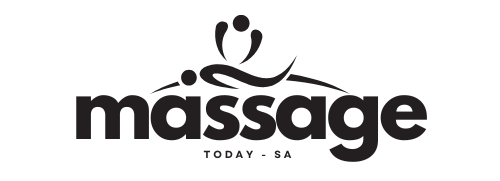How Massage Can Help Manage Chronic Pain
Learn how massage can help you today!

Massage therapy can be an effective method for managing chronic pain through various mechanisms. It helps reduce muscle tension, improves blood circulation, and promotes relaxation, all of which contribute to pain relief.
Pain Reduction Mechanisms:
Increased Blood Flow
Massage improves blood circulation, delivering vital nutrients and oxygen to affected areas. This enhanced blood flow helps reduce muscle stiffness and soreness, contributing to pain relief1.
Release of Endorphins
Massage stimulates the release of endorphins, the body's natural painkillers. These endorphins induce feelings of pleasure and diminish pain perception1.
Closing the "Pain Gate"
Massage therapy stimulates large nerve fibers that compete with pain signals, effectively blocking the "pain gate" and altering pain perception2.
Physical Benefits:
Improved Range of Motion and Flexibility
Chronic pain often leads to restricted movement. Massage targets muscles, tendons, and joints, enhancing flexibility and improving overall mobility13.
Muscle Relaxation
By applying pressure to soft tissues, massage loosens tight muscles, reducing painful muscle spasms and contractions23.
Stress and Anxiety Reduction
Massage therapy addresses both physical and emotional aspects of pain. It promotes relaxation, reduces stress hormones, and induces a sense of tranquility, which can help manage pain more effectively13.
Types of Massage for Chronic Pain
Different massage techniques can be beneficial for chronic pain management:
- Swedish massage: Enhances blood flow and releases muscle tension4.
- Trigger point massage: Targets areas of muscle spasms and tension4.
- Deep tissue massage: Focuses on releasing tension in deep muscle layers4.
- Myofascial release: Targets connective tissue to release tension4.
Massage therapy can be a valuable addition to a comprehensive pain management plan, complementing other treatments and providing a holistic approach to chronic pain relief1.




